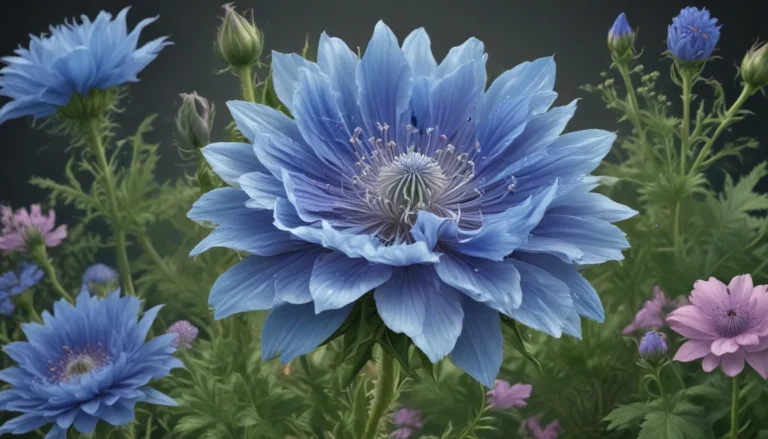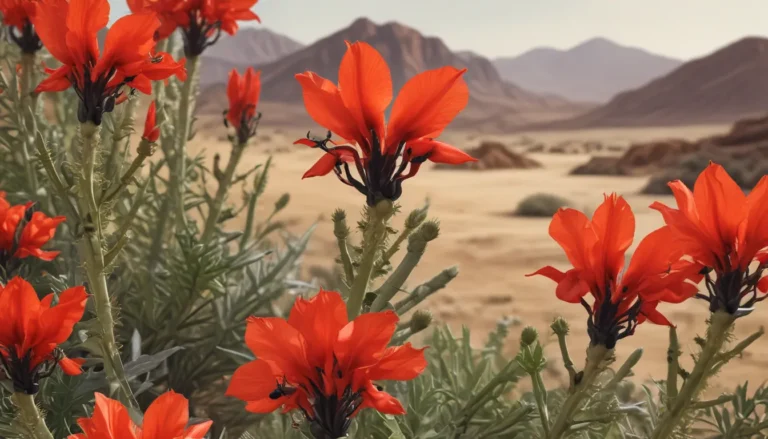The pictures we use in our articles might not show exactly what the words say. We choose these pictures to make you interested in reading more. The pictures work together with the words but don’t take their place. The words still tell you the important facts.
If you are a plant enthusiast or a nature lover, you must have come across the captivating Sago palm. This unique plant, also known as Cycas revoluta, has piqued the interest of gardeners and botanical enthusiasts around the globe. Originating from Japan, the Sago palm is not just a mere decorative plant; it is a living fossil with a rich history that dates back centuries.
In this article, we will embark on a journey to uncover 14 extraordinary facts about the Sago palm. From its ancient origins to its symbolic significance in Japanese culture, each fact will enhance your understanding and appreciation for this remarkable plant.
The Sago Palm Revealed
Despite its name, the Sago Palm is not a palm tree at all; it is, in fact, a cycad. Cycads are ancient plants that have stood the test of time, existing for millions of years and earning the title of living fossils.
A Hardy Plant with Tenacity
The resilience of the Sago Palm is truly remarkable. This plant thrives in diverse environments, showcasing its adaptability to various conditions. Whether facing drought or shade, the Sago Palm stands strong, making it a favored choice among gardeners.
Slow and Steady Growth
Patience is a virtue when it comes to the Sago Palm, as it is a slow-growing plant. With the average growth rate only measuring a few centimeters per year, it takes several years for this plant to reach its full potential in terms of height and size.
An Ancient Relic
Delving into the origins of the Sago Palm reveals its ancient lineage. Fossil records indicate that cycads, including the Sago Palm, have been in existence for over 200 million years, tracing their roots back to the era of dinosaurs.
Beware of Toxic Seeds
While the Sago Palm boasts beauty, its seeds contain a toxic compound called cycasin. Ingesting these seeds can be harmful to both humans and pets, emphasizing the importance of handling this plant with care.
Resilience in Adversity
The Sago Palm's ability to survive in drought conditions is a testament to its remarkable adaptations. Equipped with a deep taproot system, this plant can store water, allowing it to endure prolonged periods of dryness.
A Botanical Wonder in Ornamentation
With its striking and symmetrical form, the Sago Palm is a popular choice for ornamental purposes. Its feathery fronds exude a tropical elegance, enhancing any garden or landscape with a touch of exotic beauty.
Cones of Life
Unlike conventional plants, the Sago Palm produces cones instead of flowers. These cones house the plant's male and female reproductive structures, playing a vital role in the Sago Palm's lifecycle.
Healing Properties
In traditional medicine, various parts of the Sago Palm have been utilized for their medicinal benefits. Extracts from this plant have been employed in treating conditions such as diarrhea, arthritis, and rheumatism, showcasing its versatility beyond aesthetics.
Symbolism in Japanese Culture
In Japanese culture, the Sago Palm symbolizes longevity and good fortune, contributing to its revered status in celebrations and rituals. Believed to ward off evil spirits, this plant holds a special place in Japanese traditions.
Centuries of Existence
The longevity of the Sago Palm is truly extraordinary, with some specimens surviving for hundreds of years. This enduring lifespan makes the Sago Palm a botanical marvel that continues to capture the imagination of plant enthusiasts.
A Source of Nutrient-Rich Starch
The trunk of the Sago Palm yields a valuable source of starch, which is extracted for various uses. In some cultures, this starch is processed into flour, serving as a nutritious ingredient in cooking.
Reproduction Through Offsets
The Sago Palm reproduces by generating offsets, also known as "pups," at its base. These offsets can be separated and replanted, facilitating the growth of new Sago Palm specimens and ensuring the continuity of this remarkable plant.
Conservation Concerns
As with many ancient species, the Sago Palm is considered endangered due to habitat destruction and illegal collection. Conservation efforts are underway to safeguard these plants and preserve their invaluable role in the ecosystem.
Conclusion: Embrace the Wonders of Sago Palms
The Sago Palm's allure lies in its ancient origins, stunning appearance, and remarkable adaptations. Whether adorning indoor spaces or enhancing outdoor landscapes, this plant radiates beauty and resilience. Embrace the extraordinary features of the Sago Palm and witness the enchanting blend of history and nature within this iconic botanical specimen.
FAQs: Unveiling the Mysteries of Sago Palms
Q: How tall do Sago Palms grow?
A: Sago Palms typically reach heights between 6 and 10 feet, with some varieties capable of growing up to 20 feet under optimal conditions.
Q: Are Sago Palms toxic?
A: Yes, all parts of the Sago Palm contain toxins that can be harmful if ingested by humans and pets. Exercise caution when handling this plant to avoid potential health risks.
Q: Can Sago Palms tolerate cold temperatures?
A: While Sago Palms can withstand heat and drought, they are not highly cold-resistant. Exposure to temperatures below 20 degrees Fahrenheit may damage the plant, necessitating protection in colder climates.
Q: How often should I water my Sago Palm?
A: Sago Palms have low water requirements and thrive best when watered sparingly. Allow the soil to dry out between waterings to prevent overwatering and potential root issues.
Q: Can I grow a Sago Palm indoors?
A: Yes, Sago Palms can be cultivated indoors with proper care. Ensure they receive bright, indirect light and well-drained soil to promote healthy growth as houseplants.
Uncover the hidden wonders of Sago Palms and immerse yourself in the captivating world of these extraordinary plants. Embrace the history, symbolism, and adaptability of the Sago Palm as you cultivate a deeper appreciation for this iconic botanical gem.






